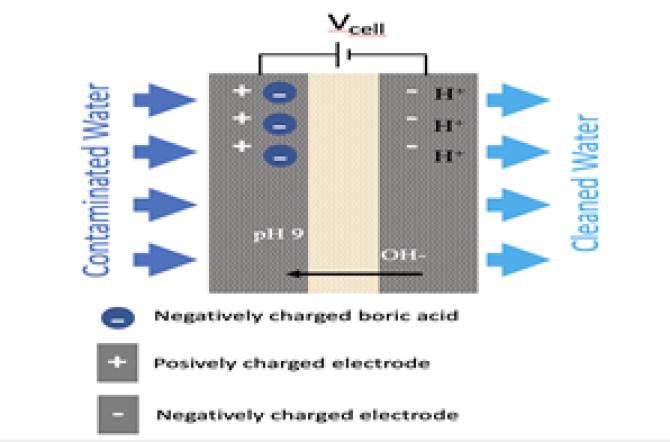
News
VENI grant for Jouke Dykstra for the electrochemical cleaning of drinking water
With his project on electrochemical ‘water polishing’, ETE assistant professor Jouke Dykstra has been awarded a VENI grant in the NWO talent scheme Veni, Vidi, Vici. This grant is aimed for excellent scientists that have successfully finished their PhD within the last three years. His project, Removal of toxic anthropogenic solutes in drinking water treatment by electrochemical polishing, aims to clean drinking water from low-level contaminants, that are still present after the conventional treatment technologies. The grant offers a personal budget of € 280.00000 for four years of work. Dykstra: ‘We will use the grant to develop the technology as well as a simulation model to further fine tune the knowhow and methodology.’
Innovative technology
To remove the small, harmful compounds that remain after the conventional membrane treatment, Dykstra has proposed an innovative, electrochemical
technology that was theoretically validated, together with colleagues from Wetsus and Technion. Thesystem consists of two porous carbon electrodes, where water flows through (Fig. 1). At the downstream electrode, water is split into hydrogen ions (H+) and hydroxyl ions (OH-). The OH- migrates to the upstream electrode, increasing the pH. Components, like boron and arsenic act as acids and donate a H+ in this alkalic environment, and consequently becoming negatively charged. As a result, they absorb to the negatively charged carbon electrode.‘We will use the VENI grant to actually build the set-up and show the proof of principle by removing these contaminants from membrane-cleaned drinking water’, Dykstra says. ‘Using simulation models, we will also develop and test new electrochemical cell designs and electrode materials for improvement of the technology.’ The project will start in autumn 2022 and is scheduled to last until end of 2026.

